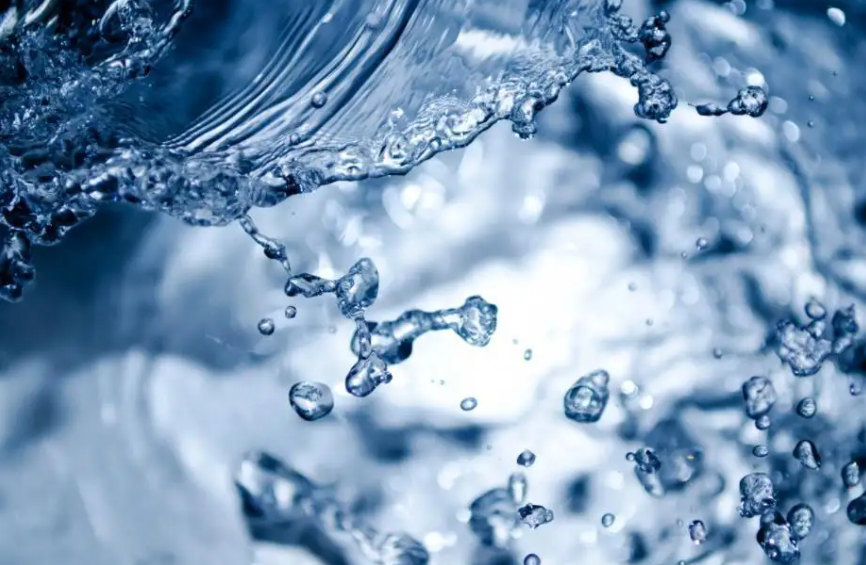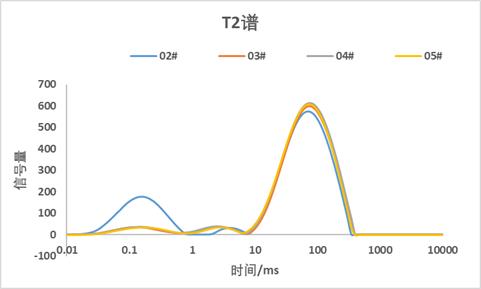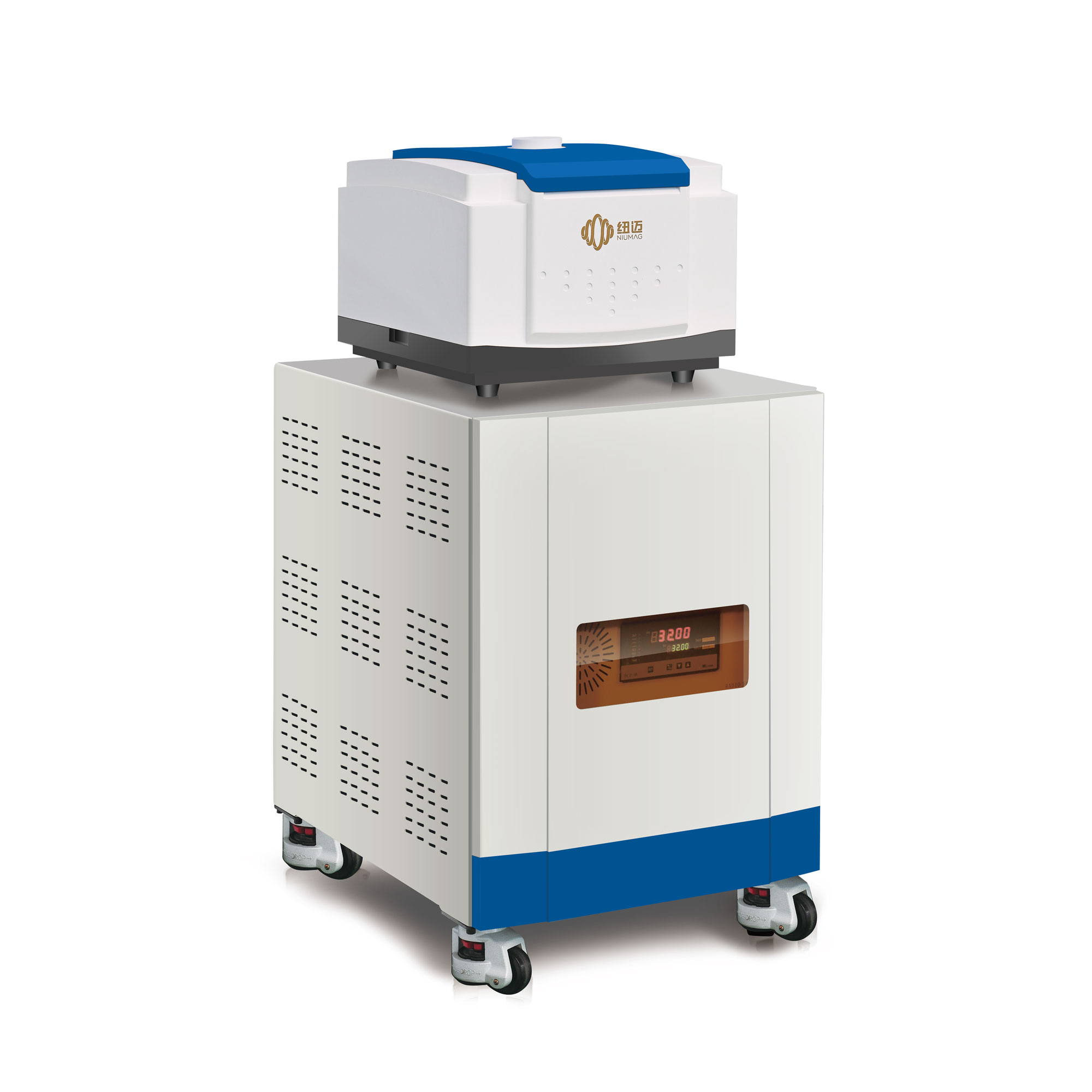Распределение воды при определении продуктов питания
Важность распределения воды в еде
Вода является важной частью пищи и важным фактором, влияющим на технологию пищевой промышленности. содержание воды, Распределение воды, и состояние воды может сильно повлиять на структуру, появление, текстура, вкус, и свежесть пищи.
Вода является важной причиной химических изменений в пищевых продуктах и микробного действия., что напрямую влияет на хранение и безопасность продуктов питания. Определение содержания воды, Распределение воды и состояние воды в продуктах питания имеют большое значение для контроля воды., обеспечение качества пищевых продуктов и повышение безопасности пищевых продуктов.
Методы обнаружения распределения воды в пище
Прямая сушка для проверки распределения воды
Принцип теста: Метод прямой сушки подходит для продуктов, которые не содержат и не содержат очень мало других летучих веществ в 101 к 105 °С. Использование физических свойств воды в пище, Вес образца определяли путем улетучивания при 101-105 ° C под одним атмосферным давлением, и содержание воды было рассчитано по значениям взвешивания до и после сушки.
Сфера применения: овощи, зерно и их продукты, водные продукты, соевые продукты, молочные продукты, мясные продукты, тушеные овощи, зерна, масляные растения, крахмал, чай и другие продукты.
Сушка при пониженном давлении для проверки распределения воды
Принцип теста: Метод сушки декомпрессии заключается в использовании физических свойств воды в пище. После достижения давления 40 ~ 53 кПа, Нагрейте до 60 ℃ ± 5 ℃, Используйте метод сушки декомпрессии, чтобы удалить воду в образце, а затем передайте метод сушки до и после сушки. Взвесьте значение для расчета содержания воды.
Сфера применения: Этот метод подходит для определения содержания воды в продуктах, которые легко разлагаются, ухудшался или трудно удалить связанную воду при нагревании при более высокой температуре, такие как сироп, Фруктоза моносодий глутамат, Фуды с высоким содержанием жира, фрукты и овощи и их продукты.
Тест дистилляции. Распределение воды
Принцип теста: Поместите нерастворимый водяной органический растворитель и образец в дистилляционное тип воды и тепло, Вода в образце испаряется вместе с паром растворителя, Пары конденсируется в трубке конденсатора, и содержание воды в образце получается из способности воды. содержание.
Сфера применения: Он подходит для продуктов с большим количеством воды и большим количеством летучих компонентов, таких как фрукты, специи, приправы, мясо и мясные продукты.
Объемный метод Карла Фишера для проверки распределения воды
Основной принцип: Согласно химической реакции йода с водой и диоксидом серы, Когда пиридин и метанол сосуществуют, 1моль йода может взаимодействовать только с 1 молью воды. Метод определения воды Карл Фишер разделен на кулолометрический метод и объемный метод. Йод, измеренный объемным методом, добавляется в виде титранта, и концентрация йода в титранте известна. В соответствии с объемом потребляемой титранта, рассчитано количество потребляемого йода, тем самым измеряя содержание воды в измеренном веществе.
Сфера применения: Подходит для определения трассировки в продуктах, но не для определения воды в продуктах, содержащих окислители, восстанавливающие агенты, щелочные оксиды, Гидроксиды, карбонаты, борная кислота, и т. д..
ЯМР низкого уровня для проверки распределения воды
Технология ЯМР низкого уровня подходит для быстрого и неразрушающего тестирования содержания воды, состояние воды, Распределение воды, и миграция воды в пищевые продукты и сельскохозяйственные продукты. Технология ЯМР низкого уровня может изучить информацию о воде пищевых систем из трех аспектов: интенсивность сигнала, Свойства расслабления, и магнитно -резонансная визуализация. По сравнению с традиционными методами тестирования, Метод ЯМР низкого уровня имеет преимущества неразрушающего, зеленый, быстрый, удобный, точное и многопараметрическое обнаружение.
Тест на содержание воды: Сигнал, обнаруженный с помощью ЯМР низкого уровня, поступает от 1H. Для определенного качества воды, Интенсивность магнитно -резонансного сигнала определяется. Стандартная кривая может быть установлена посредством соответствия один к одному между массой воды и интенсивностью сигнала, и содержание воды в образце может быть быстро измерено с помощью стандартной кривой.
Состояние воды и распределение воды: Воду в пище можно разделить на различные штаты. Вода в разных состояниях имеет разные состояния молекулярного движения. Например, Свободная вода имеет неограниченные молекулы, Высокая мобильность, и длительное время релаксации T2; в то время как связанная вода обычно ограничена окружающим материалом, Молекулярная подвижность низкая, а время релаксации T2 - короткое.
Характерный параметр времени релаксации T2, измеренный с помощью ЯМР низкого уровня, может отражать молекулы воды в разных состояниях движения; Площадь спектрального пика, соответствующая спектру T2, может дополнительно различать отношение воды различных состояний движения, то есть, Распределение воды.
Анализатор ЯМР NMR для исследования пищевой воды
 заплесневелый
заплесневелый


